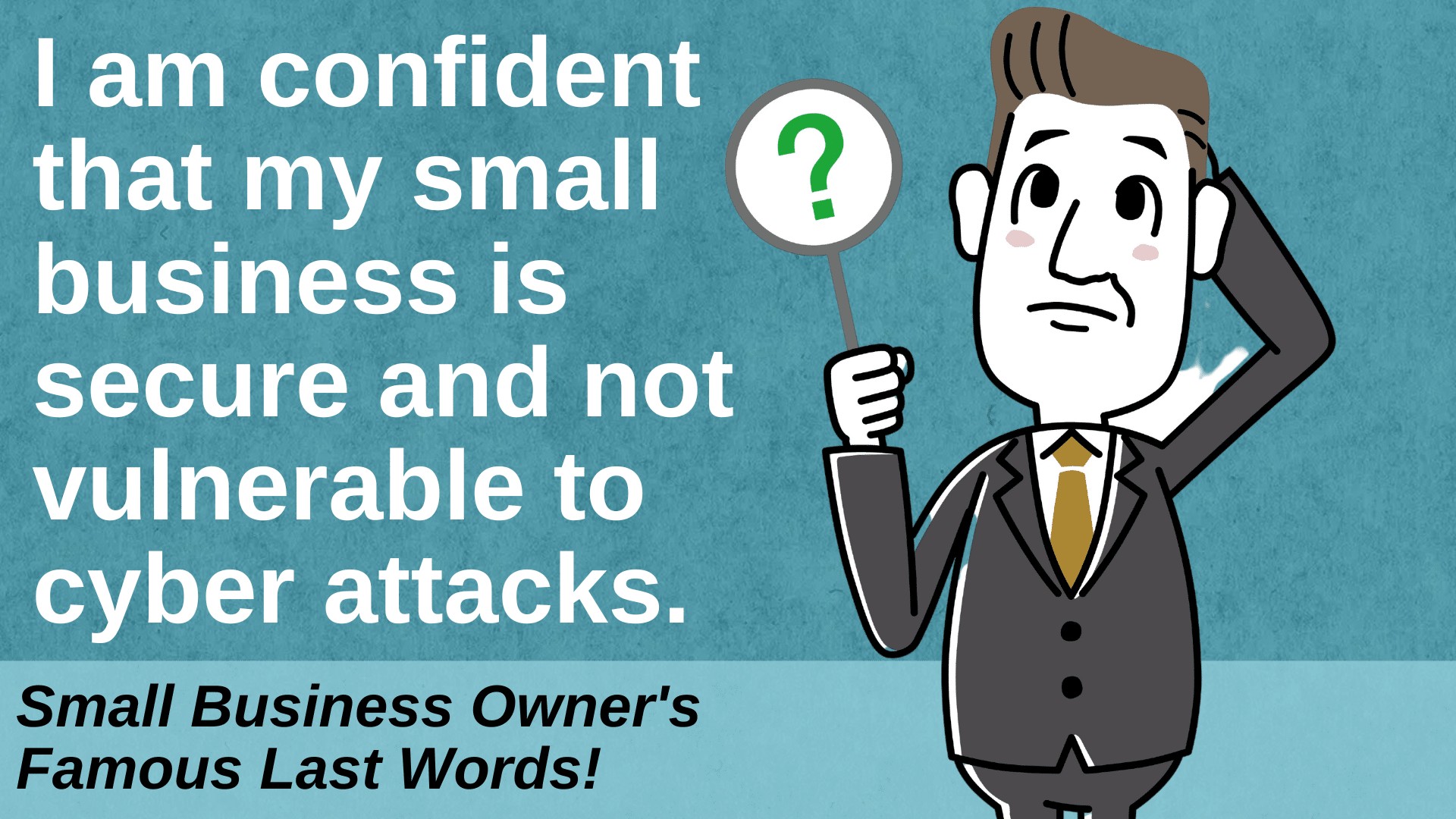-
Connect With Your Ottawa IT Service Company at (613) 828-1384
Connect With Your Ottawa IT Service Company at (613) 828-1384
In the rapidly evolving world of cybersecurity, it’s easy to fall back on familiar cliches to make sense of the complex threats and challenges you face. Unfortunately, not all cliches are helpful; some can even harm your organization’s security posture. This article discusses four cybersecurity cliches you should avoid, which may lead to misconceptions and a false sense of security.
As your organization seeks to defend itself against cyber threats, it must go beyond the cliches and embrace a more nuanced understanding of cybersecurity. By doing so, you’ll be better equipped to identify the most effective strategies and tools that can help protect your organization from the ever-growing array of cyber attacks.
In the following paragraphs, we’ll debunk these cliches, explain why they are unhelpful or misleading, and provide valuable insights that can help enhance your organization’s cybersecurity efforts. With this knowledge, you’ll be better prepared to make informed decisions and develop a robust security plan that meets your organization’s unique needs.

It’s easy to rely heavily on security tools and assume they’ll protect your systems from all threats. But remember that no tool is foolproof. Invest in a multi-layered security approach and stay vigilant, as cybercriminals always find new ways to bypass security measures. Keep your tools updated, and don’t forget the importance of user education and awareness.
Assuming that your organization is immune to cyberattacks is a grave mistake. No matter the size or industry, every organization is a potential target. Always be prepared for a cyberattack and have incident response plans in place. Regularly assess your security posture and strengthen it by conducting risk assessments and vulnerability tests.
While humans can be the weakest link in cybersecurity, blaming employees solely for security breaches can lead to resentment and toxic work culture. Instead, focus on educating your workforce and fostering a security-conscious environment. Provide regular training on security best practices and implement strict password policies and multi-factor authentication.
Securing your systems can be expensive, but the cost of a data breach is much higher. Prioritize security investments based on risk assessments and critical assets. Implement a strong security culture, which can help prevent costly breaches without breaking the bank. Remember, prevention is always better than reacting to an expensive reputation-damaging breach.
Security tools can be beneficial, but it’s essential to recognize their limitations. You should not solely rely on them for your organization’s cybersecurity. Research and understand how these tools work and what they can and cannot do. This helps you make informed decisions about incorporating them into your security strategy.
No system is entirely secure, and vulnerabilities are inevitable. Accepting this lets you focus on managing risks and preparing for potential incidents. Develop a plan to identify, assess, and mitigate cyber risks and understand that monitoring and addressing vulnerabilities is ongoing.
Human error is a significant factor in many security breaches. Training and awareness programs are essential to help your employees recognize threats and adopt reasonable security practices. Implement a comprehensive cybersecurity training program covering various security aspects, including phishing attacks, password management, and safe internet browsing habits.
Investing in cybersecurity is essential, but it’s crucial to evaluate the effectiveness of these investments. Regularly review your security measures in place and adjust them as needed. Continuously assess your security posture and adjust investments accordingly to provide the best possible protection. Remember that cybersecurity is an ongoing process, not a one-time purchase.
When developing your cybersecurity strategy, it’s essential to use a holistic approach. This means considering all potential threats and vulnerabilities across your organization, not just focusing on specific areas. You can protect your systems and data from potential attacks and breaches by taking a comprehensive view.
In practice, a holistic approach involves understanding the company’s overall objectives and how security aligns with those objectives. You should consider both current and potential future threats, keeping in mind that cyber threats are continually evolving. It’s essential to stay up-to-date on the latest technologies and best practices to adapt your strategy as needed.
To help prioritize your efforts, consider creating a risk matrix that categorizes vulnerabilities based on probability and potential impact. This will enable you to allocate resources more effectively, ensuring that critical assets receive the appropriate level of protection.
A comprehensive security strategy must take into account both human and technical factors. It’s not enough to rely solely on technology. Your employees can be your greatest asset or your weakest link regarding cybersecurity.
Training and awareness programs are crucial for all employees, regardless of their roles. These programs should cover topics such as:
Add regular assessments, both internal and external, to your security plan. Simulated attacks can help identify vulnerabilities, while penetration tests can uncover potential weaknesses in your network defenses.
On the technical side, it’s vital to implement a robust security infrastructure that includes firewalls, intrusion detection and prevention systems, data encryption, and continuous monitoring. Be sure to keep software and systems up-to-date with regular patches and updates.
In summary, implementing a comprehensive security strategy involves a holistic approach and addressing human and technical aspects. By staying informed on emerging threats, providing training and resources for your employees, and maintaining a robust technological infrastructure, you can create a more secure environment for your organization.
In closing, always remember to stay vigilant about your cybersecurity practices. As you’ve learned throughout the article, cliches can sometimes result in a false sense of security. It’s crucial to avoid relying on these cliches to protect yourself from online threats.
Remember, the world of cybersecurity is ever-evolving and full of challenges. By avoiding these cliches and staying informed, you’ll be better equipped to safeguard your digital assets, ensuring their protection for years.